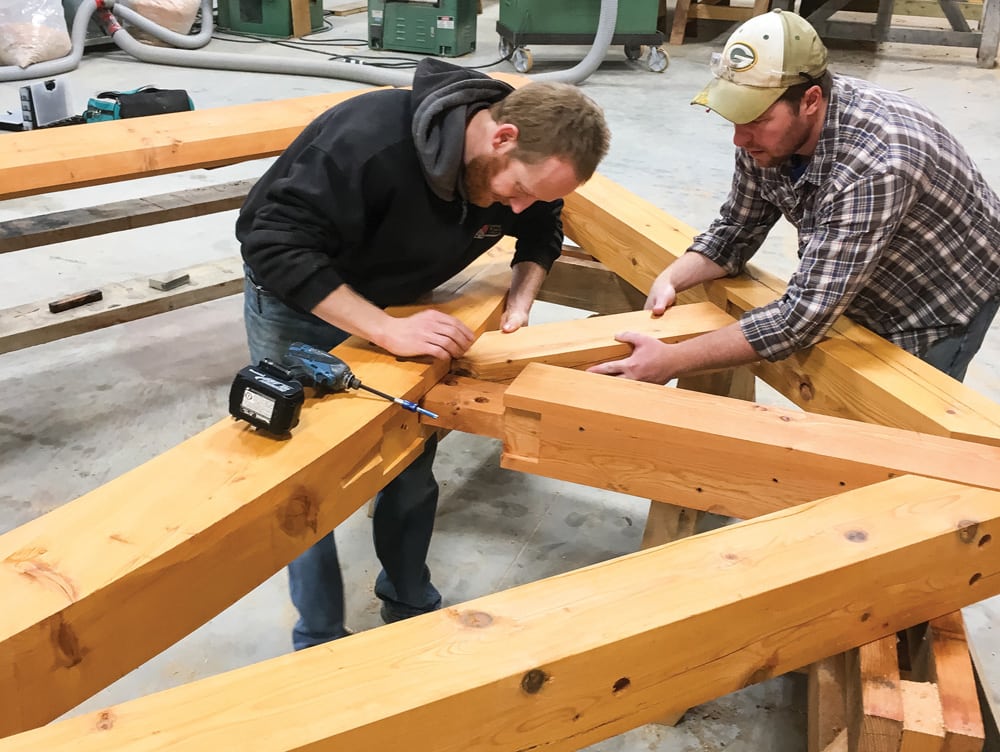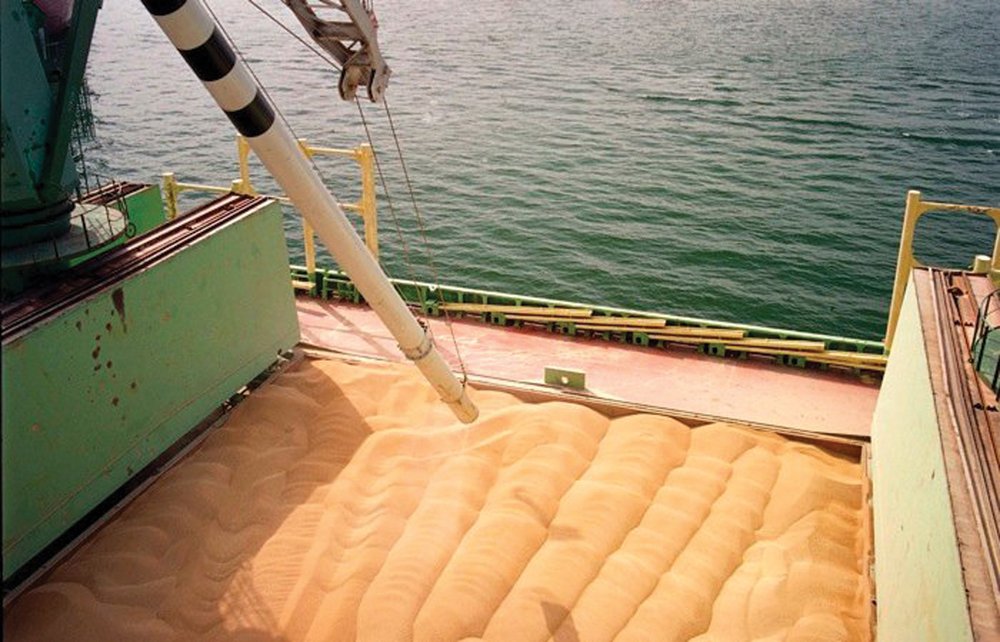They’re mostly gone now, but parts of some of them will live on.
Alberta’s first wooden grain elevator was constructed in 1895 and at the peak in the 1930s, there were nearly 1,800 of them. Today, there are only 88 left, more falling victim to demolition every year.
More than 5,000 wooden grain elevators across the Prairies have been torn down. That represents a lot of wood but where most people would see construction waste destined for the landfill, Lincoln Dobson saw an opportunity. Over the last 20 years, the owner of Last Mountain Timber in Buena Vista, Sask., has salvaged 1.6 million board feet of industrial old-growth timbers from demolished buildings. His best source has been wooden grain elevators, including some in Alberta.
Read Also

Farming Smarter receives financial boost from Alberta government for potato research
Farming Smarter near Lethbridge got a boost to its research equipment, thanks to the Alberta government’s increase in funding for research associations.
“After high school, I started tree planting in Western Canada and could see the logging clearcuts, which kind of disturbed me,” said Dobson. “I have a love of nature and wondered what I could do to help the forest in addition to planting trees.”
The structural components of elevators and old industrial buildings that his company salvages are anywhere from 40 to 110 years old. The old-growth Douglas fir, western larch, spruce and pine timbers are sometimes used in new timber frame building construction. But more often, the surfaces on the square beams are carefully sawn to remove the grey weathered exterior appearance and then custom sawn. They’re used in homes, cabins, and commercial buildings, or for furniture.
The company, which does work across the country and in the U.S., recently installed a 20-foot-long 12×14 timber (with matching posts) at the entrance to Jiffy Lube’s headquarters in Edmonton.

It was Dobson’s father, who was in the building demolition business, who alerted him to the fact that old wooden grain elevators were being torn down all across the Prairies.
“There were some summers when I was getting like a grain elevator a week and dealing with five or six demolition companies,” said Dobson.
The company has salvaged timbers from 205 grain elevators. But like old-growth forests, it is becoming harder and harder to find industrial timbers from demolition projects, as the transition to concrete grain storage silos is almost complete.
“Now it is in its twilight,” he said.
Last year, there were only three elevator demolition projects, and Dobson said he expects those may be the last of them.















